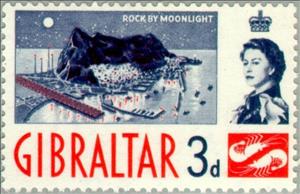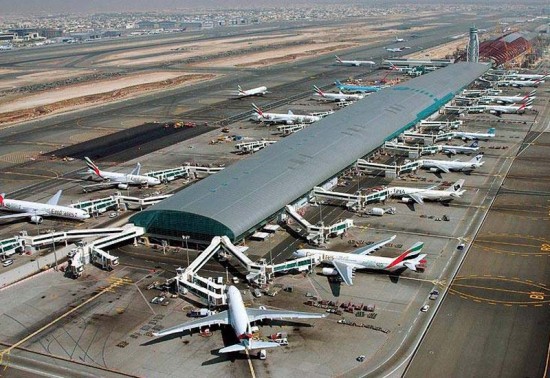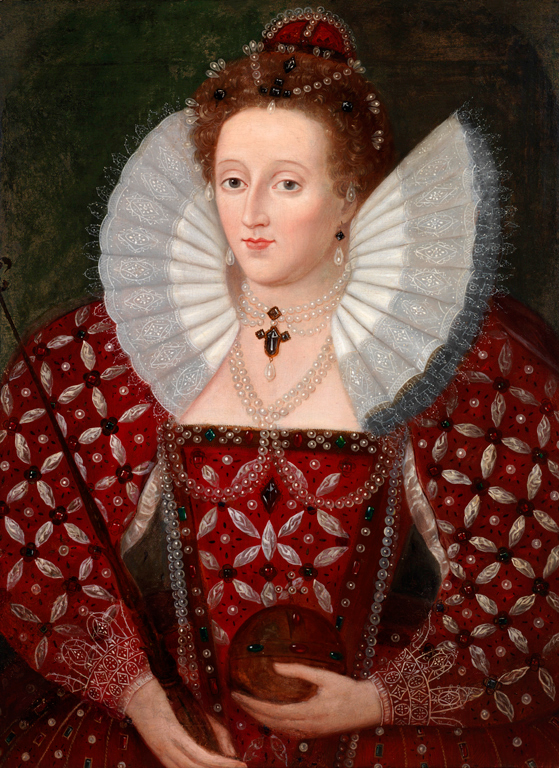Stamp: Rock of Gibraltar in the moonlight (Gibraltar 1960)
Rock of Gibraltar in the moonlight (Gibraltar 1960)
29 October (Gibraltar ) within release Definitives goes into circulation Stamp Rock of Gibraltar in the moonlight face value 3 Gibraltar penny
| Stamp Rock of Gibraltar in the moonlight in catalogues | |
|---|---|
| Michel: | Mi:GI 153 |
Stamp is horizontal format.
Also in the issue Definitives:
- Stamp - Catalan Bay face value 4;
- Stamp - Iberis gibraltarica face value ½;
- Stamp - Moorish Castle face value 1;
- Stamp - 'St. George's Hall' and cannon face value 2;
- Stamp - Keys of Gibraltar face value 2½;
- Stamp - Rock of Gibraltar in the moonlight face value 3;
- Stamp - Map of the Strait of Gibraltar face value 6;
- Stamp - Airport buildings face value 7;
- Stamp - American War Memorial face value 9;
- Stamp - Barbary Macaque (Macaca sylvanus) face value 1;
- Stamp - Barbary Partridge (Alectoris barbara) face value 2;
- Stamp - Blue Rock Thrush (Monticola solitarius) face value 5;
- Stamp - Narcissus face value 10;
- Stamp - View of the Rock and Coat of Arms face value 1;
Stamp Rock of Gibraltar in the moonlight it reflects the thematic directions:
A landscape is the visible features of an area of land, its landforms and how they integrate with natural or man-made features. A landscape includes the physical elements of geophysically defined landforms such as (ice-capped) mountains, hills, water bodies such as rivers, lakes, ponds and the sea, living elements of land cover including indigenous vegetation, human elements including different forms of land use, buildings and structures, and transitory elements such as lighting and weather conditions. Combining both their physical origins and the cultural overlay of human presence, often created over millennia, landscapes reflect a living synthesis of people and place that is vital to local and national identity. The character of a landscape helps define the self-image of the people who inhabit it and a sense of place that differentiates one region from other regions. It is the dynamic backdrop to people’s lives. Landscape can be as varied as farmland, a landscape park, or wilderness. The earth has a vast range of landscapes, including the icy landscapes of polar regions, mountainous landscapes, vast arid desert landscapes, islands and coastal landscapes, densely forested or wooded landscapes including past boreal forests and tropical rainforests, and agricultural landscapes of temperate and tropical regions.
A ship is a large watercraft that travels the world's oceans and other sufficiently deep waterways, carrying passengers or goods, or in support of specialized missions, such as defense, research and fishing. Historically, a "ship" was a sailing vessel with at least three square-rigged masts and a full bowsprit. Ships are generally distinguished from boats, based on size, shape and load capacity.
A vehicle (from Latin: vehiculum) is a mobile machine that transports people or cargo. Typical vehicles include wagons, bicycles, motor vehicles (motorcycles, trucks, buses), railed vehicles (trains, trams), watercraft (ships, boats), aircraft and spacecraft. Land vehicles are classified broadly by what is used to apply steering and drive forces against the ground: wheeled, tracked, railed or skied. ISO 3833-1977 is the standard, also internationally used in legislation, for road vehicles types, terms and definitions.
A port is a maritime facility comprising one or more wharves or loading areas, where ships load and discharge cargo and passengers. Although usually situated on a sea coast or estuary, ports can also be found far inland, such as Hamburg, Manchester and Duluth; these access the sea via rivers or canals. Because of their roles as ports of entry for immigrants as well as soldiers in wartime, many port cities have experienced dramatic multi-ethnic and multicultural changes throughout their histories
An airport is an aerodrome with extended facilities, mostly for commercial air transport. Airports usually consist of a landing area, which comprises an aerially accessible open space including at least one operationally active surface such as a runway for a plane to take off and to land or a helipad
Aviation is the practical aspect or art of aeronautics, being the design, development, production, operation and use of aircraft, especially heavier than air aircraft. The word aviation was coined by French writer and former naval officer Gabriel La Landelle in 1863, from the verb avier (synonymous flying), itself derived from the Latin word avis ("bird") and the suffix -ation.
Queen - the title of reigning female monarch or the wife of the king in a number of countries








